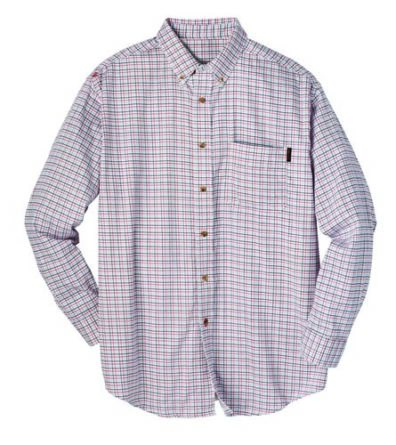Arc flash ratings
How is the arc rating of a fabric determined?

Responding is Craig Tutterow, FR technical director, Mount Vernon FR, Trion, GA.
Arc rating is the “value attributed to materials that describes their performance to exposure to an electrical arc discharge,” states ASTM F1956, the standard test method for determining the arc rating of materials for clothing. At least 20 fabric panels are exposed to a series of electric arcs of varying thermal energy. The arc thermal energy is controlled by increasing or decreasing the duration of the electric arc.
Calorimeters beside the fabric measure the thermal energy of the arc exposure, while other calorimeters behind the fabric measure the thermal energy that penetrate the fabric.
In a real-life emergency, energy that penetrates the fabric would contact skin and potentially cause burns.
That energy is measured over time and compared with human skin response to thermal energy. This relationship among thermal energy, time and skin response is called a burn model – specifically, the Stoll Curve. Each of the 20 or more panel arc exposures are compared with the Stoll Curve and classified as a burn or not a burn.
A statistical model called Logistic Regression Analysis is used to fit the data points into a curve that establishes a relationship between thermal exposure energy and the probability of a second-degree burn. A curve is established from the data points that shows the probability of a burn from 0% to 100% at different exposure energy levels.
The thermal exposure energy that corresponds to the 50% probability of a burn is the arc rating – specifically, the Arc Thermal Protective Value of the fabric. The arc rating is the thermal energy expressed in calories per square centimeter that represents the onset of a second-degree skin burn.
Editor's note: This article represents the independent views of the author and should not be construed as a National Safety Council endorsement.
Post a comment to this article
Safety+Health welcomes comments that promote respectful dialogue. Please stay on topic. Comments that contain personal attacks, profanity or abusive language – or those aggressively promoting products or services – will be removed. We reserve the right to determine which comments violate our comment policy. (Anonymous comments are welcome; merely skip the “name” field in the comment box. An email address is required but will not be included with your comment.)

